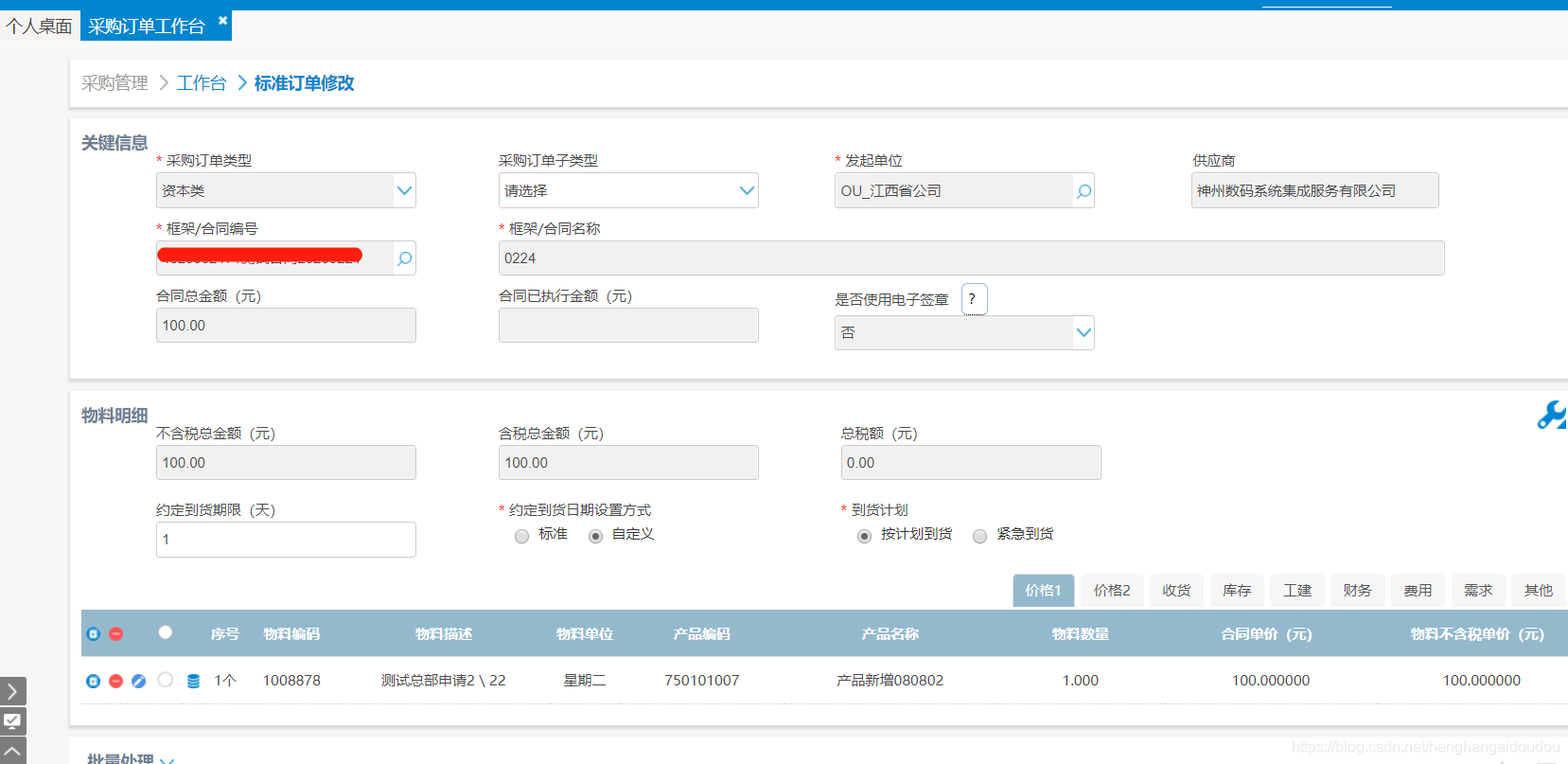
Sentinel译为“哨兵”,顾名思义,面对您后台的大量服务/微服务,前置一个哨兵,但面对大量请求时,让后台服务有序被调用,但某些服务的不可用时,采用服务熔断降级等措施,让系统仍能平稳运行,不至于造成系统雪崩,典型应用场景:
- MQ中消息在某些时间段(比如订单交易的高峰期,秒杀期等)消息并发量非常大时,通过
Sentinel起到“削峰填谷”的作用; - 某个业务服务非常复杂,需要调用大量微服务,其中某服务不可用时,不影响整体业务运行,如提交某个订单,需要调用诸如验证库存,验证优惠金额,预算,配额,工作流,ERP,支付,验证手机号等,其中验证手机号服务不可用时,采用降级的方式让其通过,不影响整个提交订单的业务;
- 上述订单业务提交时,依赖的下游应用控制线程数,请求上下文超过阈值时,新的请求立即拒绝,即针对流控,可基于QPS或线程数在某些业务场景下,都会有用,如下就是一个qps瞬时拉大时,通过流量缓慢增加,避免系统被压垮的情况:
image
随着微服务的流行,服务和服务之间的稳定性变得越来越重要。Sentinel 以流量为切入点,从流量控制、熔断降级、系统负载保护等多个维度保护服务的稳定性。
Sentinel 具有以下特征:
-
丰富的应用场景:
Sentinel承接了阿里巴巴近 10 年的双十一大促流量的核心场景,例如秒杀(即突发流量控制在系统容量可以承受的范围)、消息削峰填谷、实时熔断下游不可用应用等。 -
完备的实时监控:
Sentinel同时提供实时的监控功能。您可以在控制台中看到接入应用的单台机器秒级数据,甚至 500 台以下规模的集群的汇总运行情况。 -
广泛的开源生态:
Sentinel提供开箱即用的与其它开源框架/库的整合模块,例如与Spring Cloud、Dubbo、gRPC的整合。您只需要引入相应的依赖并进行简单的配置即可快速地接入Sentinel。 -
完善的
SPI扩展点:Sentinel提供简单易用、完善的SPI扩展点。您可以通过实现扩展点,快速的定制逻辑。例如定制规则管理、适配数据源等。
Sentinel分为两部分:
-
核心库(Java 客户端)不依赖任何框架/库,能够运行于所有 Java 运行时环境,同时对 Dubbo / Spring Cloud 等框架也有较好的支持。
-
控制台(Dashboard)基于 Spring Boot 开发,打包后可以直接运行,不需要额外的 Tomcat 等应用容器,该模块目前基于SpringBoot运行;
部署
在使用Sentinel之前,我们首先需部署Sentinel Dashborad,下载最新版的Sentinel Dashborad,通过以下命令运行:
java -Dserver.port=8088 -jar sentinel-dashboard-1.3.0.jar
通过server.port执行程序运行端口号,通过http://localhost:8088打开控制台,如下:
image
至此部署完成,非常简单!
项目中使用Sentinel
Sentinel针对各个主流框架都提供了适配(包括Servlet,Dubbo,SpringBoot/SpringCloud,gRPC,RocketMQ等),本文以SpringBoot2举例(通过笔者测试发现,SpringBoot 1.x支持不好,自定义流控规则不可用),首先我们需要在SpringBoot2的配置文件中指定Sentinel连接的控制台地址和项目名,即application.yml文件,如下:
project:name: 在控制台显示的项目名
spring:cloud:sentinel:transport:dashboard: 192.168.1.154:8088
在项目中加入依赖:
<dependency><groupId>org.springframework.cloud</groupId><artifactId>spring-cloud-starter-alibaba-sentinel</artifactId><version>0.2.0.RELEASE</version>
</dependency>
启动SpringBoot2后,可以在簇点链路页面看到项目的各个服务(首次访问服务时会被出现在列表中,这些服务在Sentinel中被称为资源),接着,你就可以针对这些资源进行流控,降级,热点,授权等操作。
流量控制与规则扩展
在控制台可通过流控规则菜单定义某资源的流控规则,不过这个定义只在内存中,但控制台重启后,随之消失,所以我们一般在项目中通过配置文件来定义流控规则,编写一个流控数据源,如下:
package com.sumscope.study.springboot2.service;import java.net.URLDecoder;
import java.util.List;import com.alibaba.csp.sentinel.datasource.Converter;
import com.alibaba.csp.sentinel.datasource.ReadableDataSource;
import com.alibaba.csp.sentinel.init.InitFunc;
import com.alibaba.csp.sentinel.datasource.FileRefreshableDataSource;
import com.alibaba.csp.sentinel.property.PropertyListener;
import com.alibaba.csp.sentinel.property.SentinelProperty;
import com.alibaba.csp.sentinel.slots.block.Rule;
import com.alibaba.csp.sentinel.slots.block.degrade.DegradeRule;
import com.alibaba.csp.sentinel.slots.block.degrade.DegradeRuleManager;
import com.alibaba.csp.sentinel.slots.block.flow.FlowRule;
import com.alibaba.csp.sentinel.slots.block.flow.FlowRuleManager;
import com.alibaba.csp.sentinel.slots.system.SystemRule;
import com.alibaba.csp.sentinel.slots.system.SystemRuleManager;
import com.alibaba.fastjson.JSON;
import com.alibaba.fastjson.TypeReference;
public class FileDataSourceInit implements InitFunc{private Converter<String, List<FlowRule>> flowRuleListParser = source -> JSON.parseObject(source,new TypeReference<List<FlowRule>>() {});private Converter<String, List<DegradeRule>> degradeRuleListParser = source -> JSON.parseObject(source,new TypeReference<List<DegradeRule>>() {});private Converter<String, List<SystemRule>> systemRuleListParser = source -> JSON.parseObject(source,new TypeReference<List<SystemRule>>() {});@Overridepublic void init() throws Exception {ClassLoader classLoader = getClass().getClassLoader();String flowRulePath = URLDecoder.decode(classLoader.getResource("FlowRule.json").getFile(), "UTF-8");String degradeRulePath = URLDecoder.decode(classLoader.getResource("DegradeRule.json").getFile(), "UTF-8");String systemRulePath = URLDecoder.decode(classLoader.getResource("SystemRule.json").getFile(), "UTF-8");// Data source for FlowRuleFileRefreshableDataSource<List<FlowRule>> flowRuleDataSource = new FileRefreshableDataSource<>(flowRulePath, flowRuleListParser);FlowRuleManager.register2Property(flowRuleDataSource.getProperty());// Data source for DegradeRuleFileRefreshableDataSource<List<DegradeRule>> degradeRuleDataSource= new FileRefreshableDataSource<>(degradeRulePath, degradeRuleListParser);DegradeRuleManager.register2Property(degradeRuleDataSource.getProperty());// Data source for SystemRuleFileRefreshableDataSource<List<SystemRule>> systemRuleDataSource= new FileRefreshableDataSource<>(systemRulePath, systemRuleListParser);SystemRuleManager.register2Property(systemRuleDataSource.getProperty());}
}
然后在项目的resources下新增目录META-INF\services\com.alibaba.csp.sentinel.init.InitFunc,并填写以上类的完成类名如com.sumscope.study.springboot2.service.FileDataSourceInit即可,这样,在您的classpath目录下通过DegradeRule.json,FlowRule.json,SystemRule.json分别来定义降级规则,流控规则和系统规则,比如我们定义一个流控规则,让test资源QPS为1,即1秒钟最多调用1次,如下:
[{"resource": "test","controlBehavior": 0,"count": 1,"grade": 1,"limitApp": "default","strategy": 0}
]
在Java代码中,通过
@SentinelResource("test")来定义服务对应的资源名,如果不指数,URI即为资源名。
熔断降级
降级规则定义如下:
image
可基于RT(平均响应时间)或异常比例两种方式来定义,其中RT单位为毫秒。
指定RT时,当资源的平均响应时间超过阈值(DegradeRule 中的 count,以 ms 为单位)之后,资源进入准降级状态。接下来如果持续进入 5 个请求,它们的 RT 都持续超过这个阈值,那么在接下的时间窗口(DegradeRule 中的 timeWindow,以 s 为单位)之内,对这个方法的调用都会自动地返回。
指定异常时,当资源的每秒异常总数占通过总数的比值超过阈值(DegradeRule 中的 count)之后,资源进入降级状态,即在接下的时间窗口(DegradeRule 中的 timeWindow,以 s 为单位)之内,对这个方法的调用都会自动地返回。
热点参数限流
也可对经常访问的数据进行限流,如某个商品或某个用户等,如下图:
image
Sentinel 利用 LRU 策略,结合底层的滑动窗口机制来实现热点参数统计。LRU 策略可以统计单位时间内,最近最常访问的热点参数,而滑动窗口机制可以帮助统计每个参数的 QPS,热点参数限流目前只支持QPS模式。
黑白名单
可通过定义策略(黑名单或白名单)限定资源的调用方是否让其通过,以下是代码定义白名单规则:
AuthorityRule rule = new AuthorityRule();
rule.setResource("test");
rule.setStrategy(RuleConstant.AUTHORITY_WHITE);
rule.setLimitApp("appA,appB");
AuthorityRuleManager.loadRules(Collections.singletonList(rule));
实时监控
在控制台我们可以实时看到每个资源的qps情况如下图:
image
注:其中
p_qps是每秒通过的请求数,b_qps是每秒拒绝的请求数



















